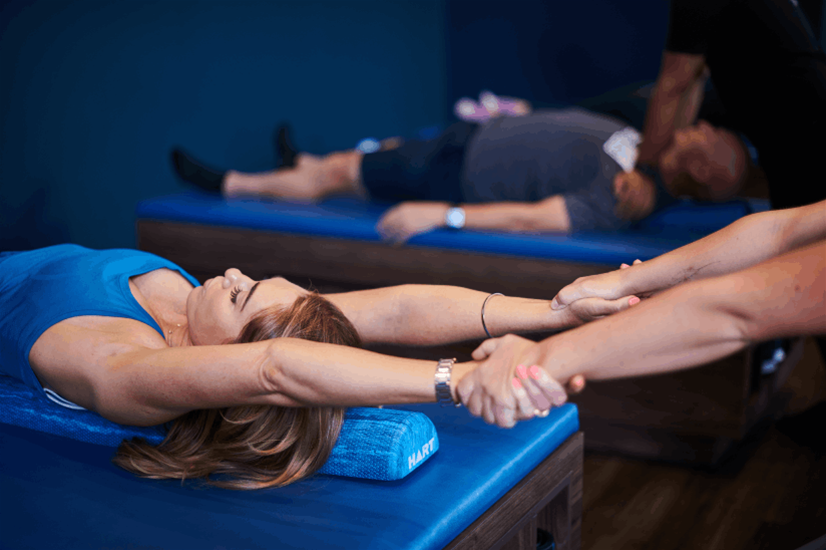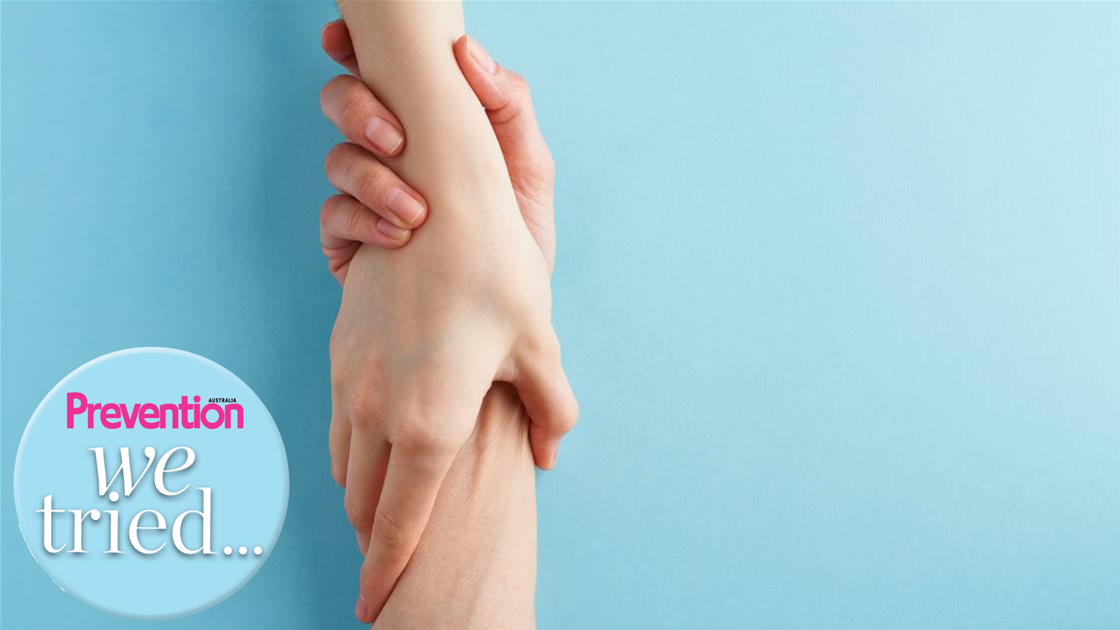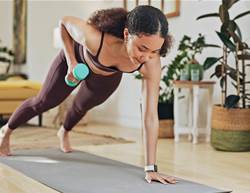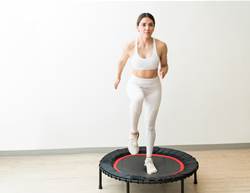Working one-on-one with a flexologist, this assisted stretching technique is designed to remedy tightness and, over time, regain a wider range of motion and flexibility. It’s based on a stretching program called developed by physiotherapists in the 1940s called PNF (Prioceptive Neuromuscular Faciliation) and StretchLab studios, while relatively new to Australia, has been gaining popularity in the US.

So what’s it like? On a Saturday morning, the spacious StretchLab studio in Sydney’s Balgowlah is quietly humming, as people lie on wooden boxes while a flotilla of instructors gently adjust their limbs.
My flexologist, Peta, is keen to know more about my body and any health issues before getting started. (I’ve had some knee issues so I’m a bit protective). “People come from all kinds of demographics so we have some from a sports background who’ve had an injury or want to prevent one, through to people who come for the emotional aspect where we help them focus on their breathing.”
Emotional therapy via stretching? This is something I’m about to make a surprise discovery about myself.
Peta gets me lying on my back on a mattress-topped box, then grabs my ankles and gently tugs them, stretching my legs as a warm up, then moving them through some light rotations. I can tell that she is paying keen attention to any resistance or tightness in my legs.
“On a scale of 1 to 10, with 10 being painful, let me know at any time if the feeling goes above a 7,” Peta says. Then we get into it: she gets me to straighten my right leg then bend my left knee and fold that my bent leg over my right leg, a move which causes my left hip to lift and want to roll over.
With very gentle pressure she pushes my left hip down towards the soft mattress while her other arm encourages the left leg to stay bent.
Peta’s pressure always feels firm but gentle and it isn’t painful in the way a sharp jabbing feeling tells you something’s not right. I could feel her total focus on my breathing, and my muscles – judging whether they were stiffening, loosening or spasming so she could tell how much pressure to apply.
Similar moves followed with my legs until she said, “You know, I can feel you resisting, protecting your knee. This practice is built on trust and me getting to know your body and you feeling safe and trusting me. So how about we move to your upper body (injury-free) and work there?”
As with my legs, I move my left arm across my body and she gently tries to push my left shoulder back towards the mat. Round shoulders, hello! This feels tough, but never painful.
Similar upper body moves follow and then a funny thing happens, a prickling sensation in my nose tells me I’m about to cry. Weird, huh? “Not weird at all” says Peta. “I could tell that was about to happen. And it’s quite common.” Well, this was more than just the physical release I was anticipating.
We finish with some massaging and movement around my neck and shoulders to release muscle tension. I walk out feeling straighter and taller than I walked in, and suffused with a warm, happy feeling of calm too.
The next day, I realise just how powerful those gentle, insistent pressures of Peta’s have been when I wake up and discover that, wow, my limbs feel as tender as if I’ve done an explosive, hard-core workout – which in a way I have, but it hasn’t felt punishing at all. And best of all I’m inspired to re-up my fitness game. Feeling flexible is an addictive, delicious thing.
If you want to try assisted stretching at StretchLab, the first session is free and then prices start from $239 for five 25-minute sessions.









